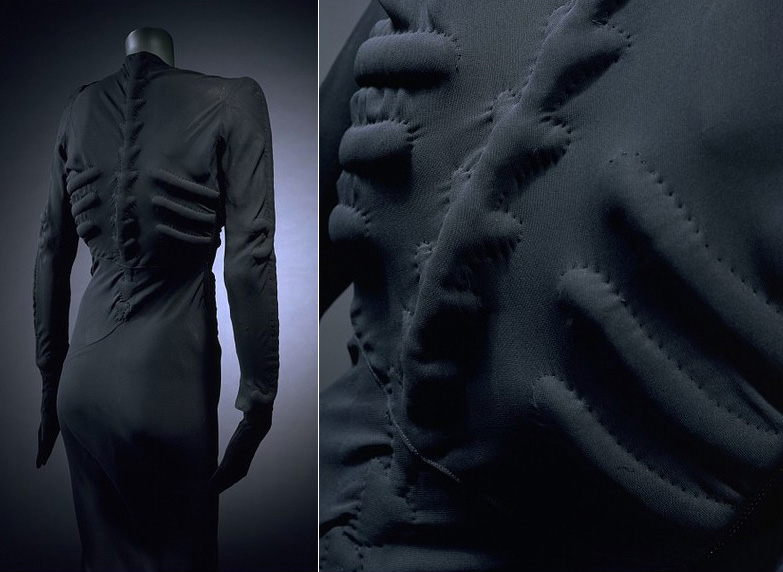In her dissertation to obtain the degree of Doctor at Leiden University the Dutch Art Historian Marjan Unger wrote[1] : “The worlds of fashion and clothing and the worlds of jewellery are often seen as two different worlds, which barely touch each other and sometimes are even depicted as each other’s rivals. But is perhaps more useful to explore how they can be productively related to each other.”
Fashion and jewellery are both complex systems: fashion is not so much about dresses as well as jewellery is nothing but pieces and ornament. Both worlds connect different fields of studies and have interacted virtually and mutually over the years and finally something new is emerging: the “Brooch factor”.
Among jewels, brooches are my favourite pieces because they are true statement pieces par excellence. They are small sculptures, little small worlds full of inventiveness and creativity. They condense the history of the artist: a microcosmos where the entire author emerges.
So, I am really grateful to Linda Dyett and The NY Times for quoting my words in a very interesting article about the return of the brooch, entirely dedicated to my piece par excellence: THE BROOCH IS BACK, BABY!

Fashion, which is always experimenting new materials and reinventing itself looking back and around, has finally understood that jewels are not a mere ornament and brooches, especially (but we cannot forget also necklaces and rings) a real form of art, able to express moods and to communicate feelings.
As for contemporary art, also contemporary jewellery displays itself with multiple languages using different materials and reinventing itself constantly so, I hope that there will be the possibility in the future to open this door with a collaboration between the fashion world and the one of contemporary jewellery, as the great Elsa Schiaparelli did with Man Ray, Dalì, Tristan Tzara and Picasso.
I am deeply grateful to Linda Dyett and to The NY TIMES for this opportunity.
BUONA LETTURA!
Nichka
[1] Marjan Unger, Jewelley in Context. A multidisplinary framework for the study of jewellery, with a foreword by Theo Smeets, pp.81-91, Arnoldsche Art Publishers, 2019.






